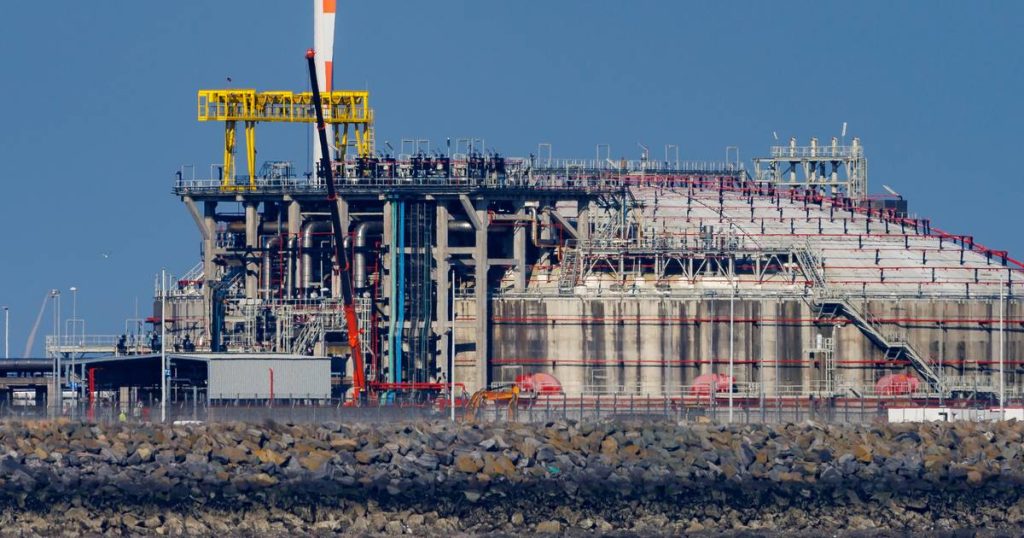Leaks during the extraction and transportation of natural gas are a disaster for the climate. This is evidenced by more and more scientific research reported by VRT NWS. There are leaks not only in Qatar, Russia and the United States, but also in our country.
Gas-fired power plants turned out to be worse for the climate than initially thought. After all, more natural gas leaks from wells and pipelines than the industry reports, according to a United Nations report. “We have become aware of accidents occurring on natural gas pipelines,” said Thomas Gibbon, one of the report’s authors. “It is not uncommon for large amounts of methane to be emitted in some accidents.” Methane is a potent greenhouse gas. In the first twenty years of life, it will be no less than eighty times more harmful to the climate than carbon dioxide.
“Gas-fired power plants can be more harmful than coal plants to our planet, specifically because of methane leaks. Over a 20-year period, 3 to 4 percent of a gas leak could be enough to have the same greenhouse gas emissions as coal plants.
The big culprit: Russia
It is difficult to get accurate figures, because Europe does not adequately report the leaks. In Europe, about 0.019 percent will be lost during transportation, but this is only an estimate. Russia, Europe’s largest gas supplier, tops the list as the biggest culprit.
The Jamal pipeline, which carries gas from Siberia to Europe, is proving to be a major source of leaks. One leak resulted in 93 tons of methane. The annual CO2 emissions equivalent of 15,000 US cars. Qatar, the United States and Algeria are also the largest polluters.
Also in our country
Natural gas flows not only abroad, but also in our country. The Clean Air Task Force (CATF), a working group working towards a carbon-neutral society, found that natural gas was leaking at seven sites in our country. Four of these leaks were found at the facilities of Fluxys, the company that operates the high-pressure network in Belgium.
The Federal Energy Watch has been monitoring natural gas leaks in our country since 2019. Fluxys must address the natural gas leak. In 2020-2023, a 10 percent annual decrease in methane emissions compared to 2017, Fluxys released about 5,840 tons of methane. That’s the CO2 emissions of about 38,000 large cars. By 2023, this should be converted to fewer than 25,000 vehicles, according to a VRT NWS report.
Not only should methane emissions in our country be reduced. International cooperation is required to address the problem. More than 100 countries have signed the methane pledge. By 2030, methane emissions must be reduced by 30 percent compared to 2020. The three countries where the European Union gets more than half of its natural gas – Qatar, Russia and Algeria – did not sign this.
Unlimited free access to Showbytes? And that can!
Sign in or create an account and never miss a thing from the stars.

“Creator. Award-winning problem solver. Music evangelist. Incurable introvert.”







More Stories
British military spy satellite launched – Business AM
Alarming decline in the Caspian Sea
Lithuania begins construction of military base for German forces